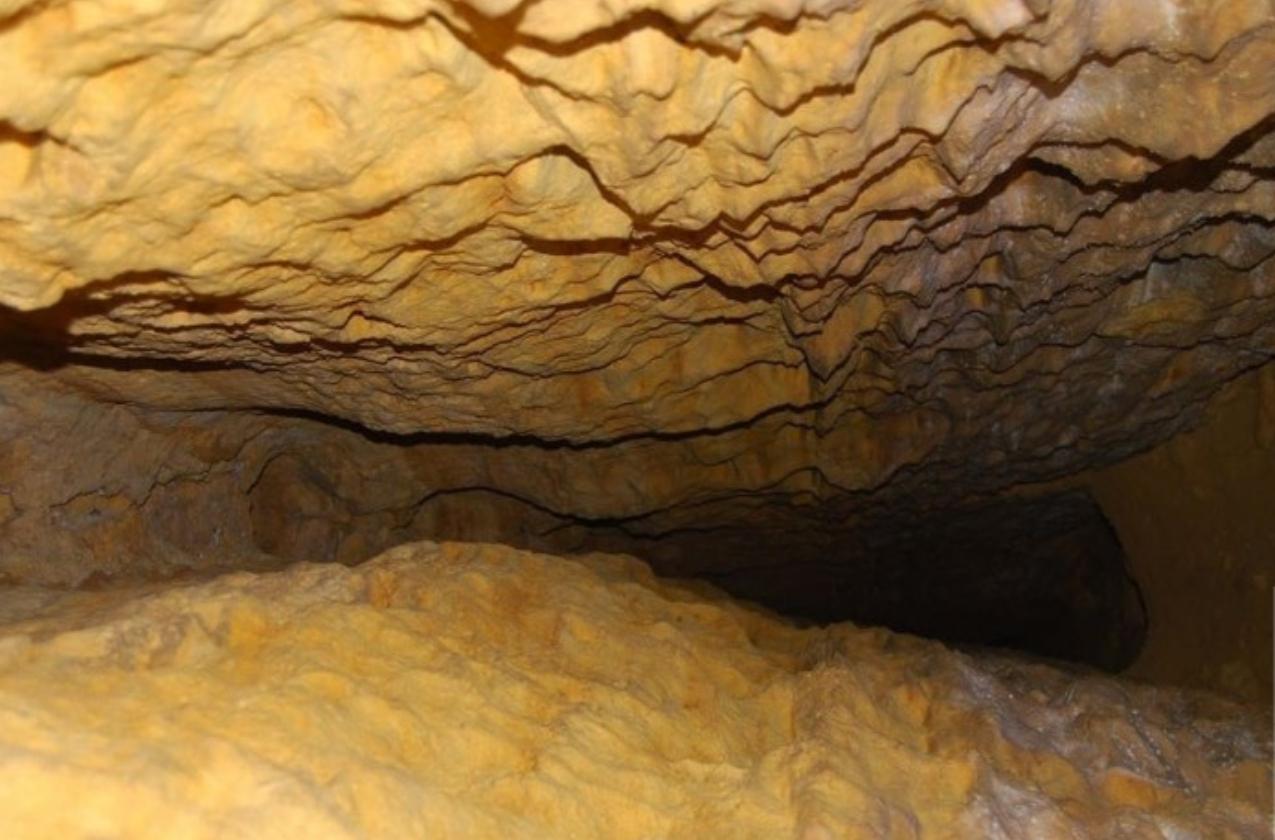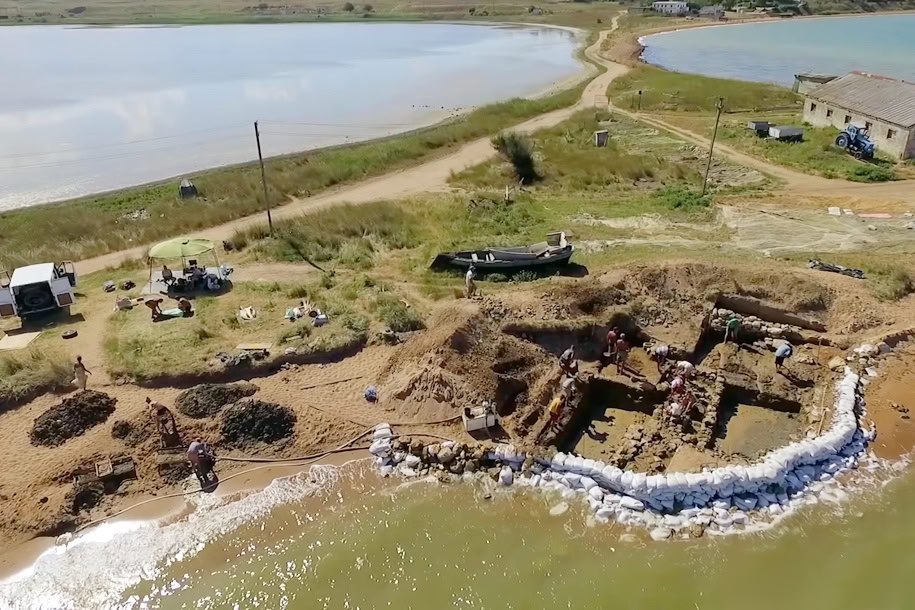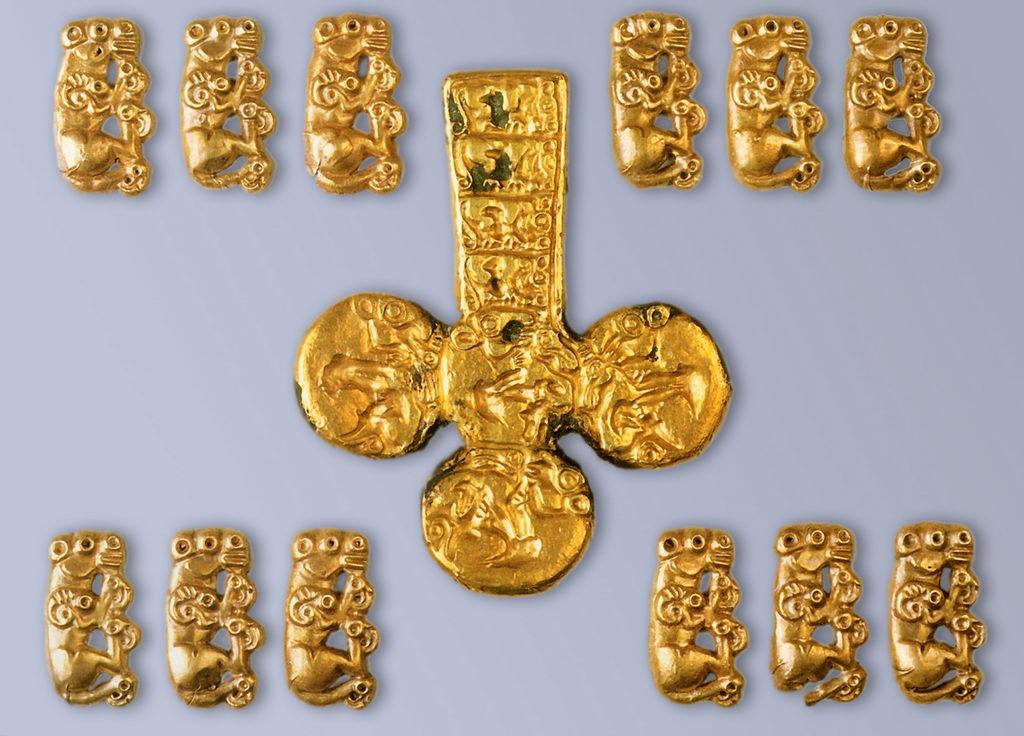Four million years ago, herds of camels, saber-toothed tigers, rhinos and mastodons roamed on the territory of modern Moldavanka. Underground Odessa is not only well-known catacombs. A large amount of water in the Odessa limestones led to the emergence of a whole system of karst caves, unique for the South of Ukraine.
Ancient cult caves have always been of interest to historians, archaeologists and ethnographers. But these are also the most difficult objects to study, since most of them are either well hidden by the relief, or covered up.
The first written information about karst caves in the Odessa region suggests their cult character. So, the Turkish traveller of the 17th century. Evliya Chelebi mentions a bone-bearing (with huge skulls) cave in the area of ​​the Belgorod-Dniester fortress. It can be assumed that this hitherto undiscovered cave could have been a temple dedicated to the cult of the mammoth.
In 1846, the paleontologist A. Nordmann opened a clay-filled cave in Odessa and extracted from it a mass of bones and skulls of cave bears (30 individuals). Unfortunately, this cave was explored at a time when the "Stone Age" in the history of mankind did not enter into scientific use, and the "bear temples of the Neanderthals" were not even suspected. Naturally, Nordmann did not carry out the fixation of the location of the bones and skulls, as well as the collection of flints.
Karst caves are called caves that were formed as a result of the dissolution of rocks by water. In our region, such undergrounds appeared in the so-called "post-Pontic period" - about 3.7 million years ago, when the sea retreated for the last time and the current Odessa coast became dry land. Caves appeared due to the dissolution of limestone by groundwater. These are the oldest natural dungeons in Odessa. It was here that the remains of prehistoric animals were found.
In the Malinovsky district of the city, in the area of ​​intersection of streets Kartamyshevskaya and Golovkovskaya, at a depth of 15 meters, there is a geological natural monument of the state meanings "Odessa catacombs"
On the basis of this natural monument, since 1963 is active the Odessa Underground Paleontological Reserve of National University I.I. Mechnikov, created by the National Academy of Sciences of Ukraine. The facility itself has been open and has been operating since 1929. The reserve is world famous. Location of the Pliocene vertebrate fauna "Odessa catacombs†is a reference for Eurasia.
In the caves for all the time of scientific work, more than 50 thousand items have been excavated, mostly bones belonging to 46 species of animals. Among them are so exotic as mastodon (Anancus arverhensis) family Mammutidae, saber-toothed tigers (Homotherium cf. Dvitasvilii and Dinofelis cf. abeli), hyena bear (Hyaenarctos sp), one humped camel (Paracamelus alexjeevi), ostrich (Struthio chersonensis), etc.



The materials obtained as a result of the excavations are stored in the museums of Odessa, Kyiv, Moscow, Saint Petersburg and Baku. The volume of excavated karst caves is more than 1500 m3. As a result of processing materials, 42 species known in it, 4 more species of animals have been identified.
After the final retreat of the ancient seas - Pontic, Cimmerian and Kuyalnitsky, and the complete lithification of those deposited at the bottom The Pontic Sea of ​​sediments, when silts and shell banks turned into clays and limestones, here, in the place of Odessa, there was dry land. It was flat a plain sloping gently southward towards the sea, similar to modern African savannah. It was about 4 million years ago.

The caves of our region - "Odessa caves" are in the thickness pontic limestone and do not have, and primarily, during their formations did not have exits to the surface. This is a special feature hypogenic karst cavities. By now, the catacombs have been surveyed over a vast extent and over a large area. Hundreds of kilometers of underground labyrinths have been covered, and the vast majority of karst caves are found in only a few areas of the catacombs, and even then in their small areas. Out of 75 described in Odessa and its immediate vicinity of caves, 64 are located on Moldavanka and Bugayevka. In most other areas catacombs, karst caves have not been found.
Most of the Odessa catacombs were subjected to a strong catastrophic flooding and siltation, in the interval between 1944 and 1953. This is set by dates written in dirt on walls of workings. It happened throughout the entire area of ​​distribution catacombs from Arcadia to Fomina Beam.
We know that in modern shrouds and even semi-deserts, heavy showers periodically occur, accompanied by the formation powerful streams, often mud, in relief depressions. Similar phenomena accompanied by the death of animals, in particular camels.
After the formation of the hole, the entrance to the cave, of course after some time, a catastrophic downpour has passed, or snowmelt, if the climate was cold. The whole huge mass of washed off clay poured there, and the cave was filled with clay, almost all of it. Together with the clay rock, the remains of numerous dead animals, in particular camels, which explains the large the number of their bones.

In the early 1980s, the cave in Odessa was named "Zapovednaya". Despite the fact that excavations in the "Zapovednaya" have been conducted since the 1930s, the absolute age of the buried bones was known. There were no methods at that time to find out. But science has evolved there are new ways to determine the absolute age. In 2000 using a combination of methods, the absolute age of the bones was determined for the first time. It turned out to be equal to 3.6 million years.
Moldavanka became one of the oldest areas of underground stone mining. In Odessa, they began to find caves with bones. The first was found by A. Nordman, in 1846 in the area of ​​Quarantine Beam.
The "Zapovednaya" reserve is not only significant for the unique finds made in it but also for its size. Its recorded length is 380 m. The reserve is still one of the incompletely studied caves in our region. At the same time, new caves are still being discovered - for example, in 2017, cavers found another karst cave. Today, 71 Odessa caves are known.





















